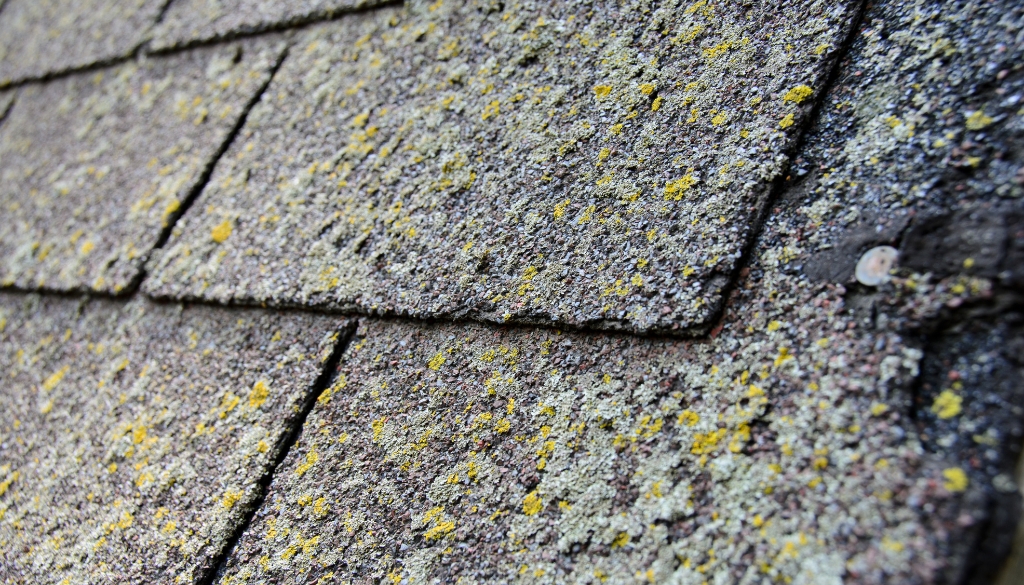The average lifespan of a roof can vary greatly depending on several factors such as the material used, weather conditions, and the quality of installation. In this blog post, we’ll take a closer look at the most common roofing materials and their average lifespan, and offer tips to extend the life of your roof.
How Long Should Your Roof Last?
Asphalt Shingles
Asphalt shingles are the most commonly used roofing material in the United States and have an average lifespan of 20-30 years. This lifespan can be extended by properly maintaining the roof, including regular cleaning and removing debris, and addressing any issues such as missing or damaged shingles promptly.
Metal Roofing
Metal roofing is a durable and long-lasting option with an average lifespan of 40-70 years. Metal roofs can withstand harsh weather conditions and are resistant to fire, pests, and rot. The lifespan of a metal roof can be extended by properly maintaining it, including cleaning and checking for any signs of rust or corrosion. Metal roofs are becoming extremely popular in the La Crosse, Wisconsin area.
Wood Shingles and Shakes
Wood shingles and shakes have an average lifespan of 20-30 years. However, their lifespan can be shortened by exposure to moisture and pests. Regular maintenance, such as treating the wood with a preservative, can extend the life of a wood roof.
Tile Roofing and Slate Roofing
Tile roofing is a long-lasting option with an average lifespan of 50-100 years. Similar to tile roofing, slate roofing is a durable and long-lasting option. It has an average lifespan of 100-150 years. Both of these roofing options are resistant to fire and pests, and can withstand harsh weather conditions. However, they are heavy and require a strong roof structure to support it. The lifespan of a tile or slate roof can be extended by properly maintaining it, including cleaning and checking for any signs of cracking or damage.
Factors that Affect the Lifespan of a Roof
Weather Conditions
The weather conditions in your area can greatly impact the lifespan of your roof. For example, roofs in areas with heavy snowfall like La Crosse, Wisconsin may have a shorter lifespan due to the weight of the snow putting stress on the roof. On the other hand, roofs in areas with high winds and storms may have a shorter lifespan due to damage from flying debris.
Quality of Installation
The quality of installation is a critical factor in the lifespan of a roof. If a roof is not installed correctly, it can result in leaks, which can lead to structural damage and decreased lifespan. Make sure to choose a reputable and experienced contractor like Ledegar Roofing for your roofing needs.
Residential Roof Maintenance
Regular maintenance and cleaning of your roof can greatly extend its lifespan. Cleaning your roof can help to prevent the buildup of debris and moss, which can trap moisture and cause damage to your roof. Checking your roof regularly for any signs of damage and addressing any issues promptly can also extend its lifespan.
In conclusion, the average lifespan of a roof can vary greatly depending on the material used, weather conditions, and the quality of installation. Asphalt shingles have an average lifespan of 20-30 years, metal roofing 40-70 years, wood shingles and shakes 20-30 years, tile roofing 50-100 years, and slate roofing 100-150 years. Proper maintenance, including cleaning and checking for any signs of damage, can greatly extend the life of your roof.
If you think it’s time to replace your roof, call the experienced professionals at Ledegar Roofing at 608-785-0901. We offer FREE estimates!





